5 Hot-Running Health Insurance Stocks to Buy
Many of us are unhappy with our health insurers.


Many of us are unhappy with our health insurers. Premiums are high. Hospital bills can be large and deductibles for many policyholders are larger than ever.
But the world looks good if you own health insurance stocks. There are profits to be made managing government health care programs — Medicaid, public exchanges, the Children’s Health Insurance Program and Medicare. Because despite the confusion over health insurance, government health care expenditures continue to rise.
To wit, Medicare spending is projected grow 7.9% annually to 2023 with total expenditures of approximately $1.1 trillion. Meanwhile, Medicaid spending is estimated to grow 5.9% annually to 2023, when it will top $828 billion.
Here are five health insurance stocks to buy – all of which have advanced by double digits already in 2018. But don’t worry about being late to the party. There’s reason to expect more upside in these stocks because they need only to maintain a strategy at which they have proven adept: increase enrollments and contain medical costs.
Disclaimer
Data is as of Oct. 15, 2018. Companies are listed in alphabetical order.
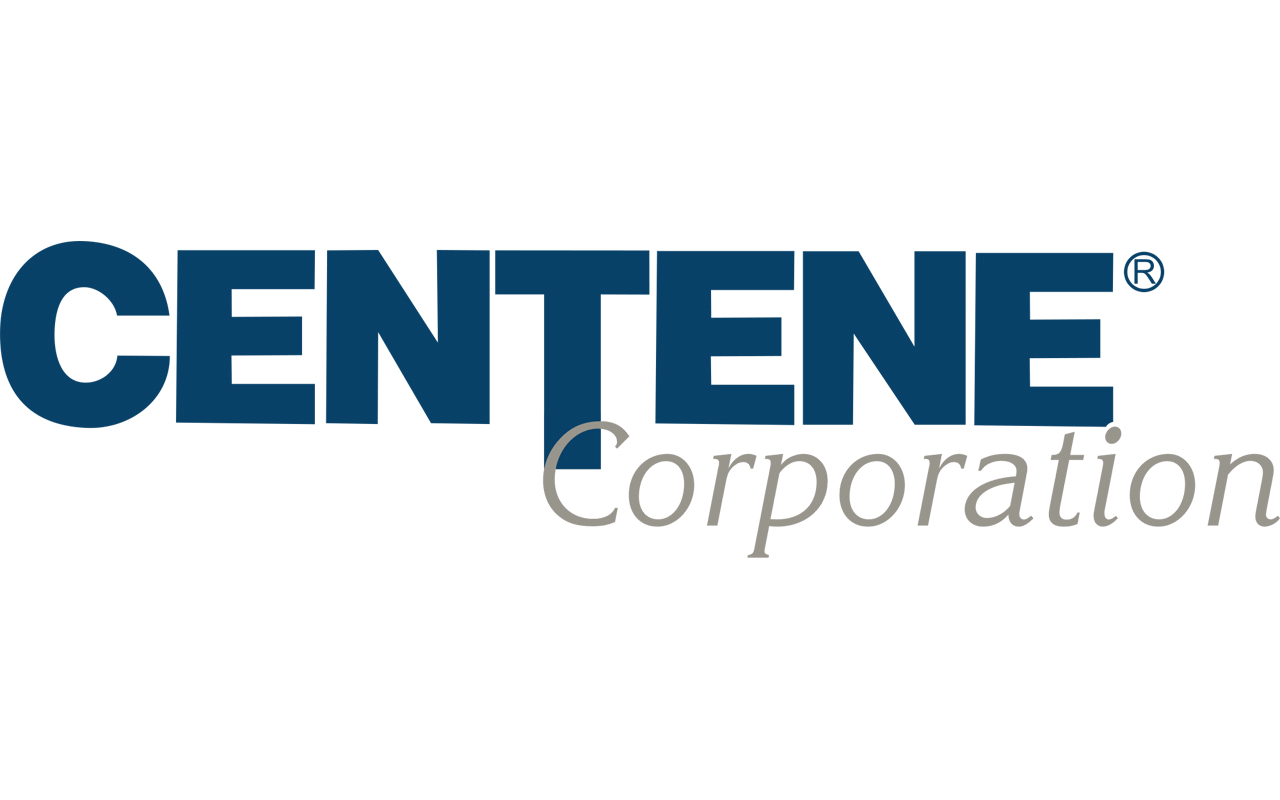
Centene
- Market value: $29.6 billion
No one paid much attention when Centene (CNC, $139.42) joined the Affordable Care Act exchanges in 2014. But now it is the largest ACA player with 1.6 million marketplace members and continues to earn substantial profits from this program.
Centene is no one-trick pony, however. It wins about 81% of the Medicaid contracts it bids on, based on an analysis by Wells Fargo analysts.
Success in gaining new business has showed up on the top and bottom lines alike. Last year’s earnings grew to $5.03 per share, up from $4.43 in 2016. But there’s more growth to come for this health insurance stock, say Bank of America analysts, who estimate 2018 EPS of $6.95 on eye-popping revenues of $69 billion.
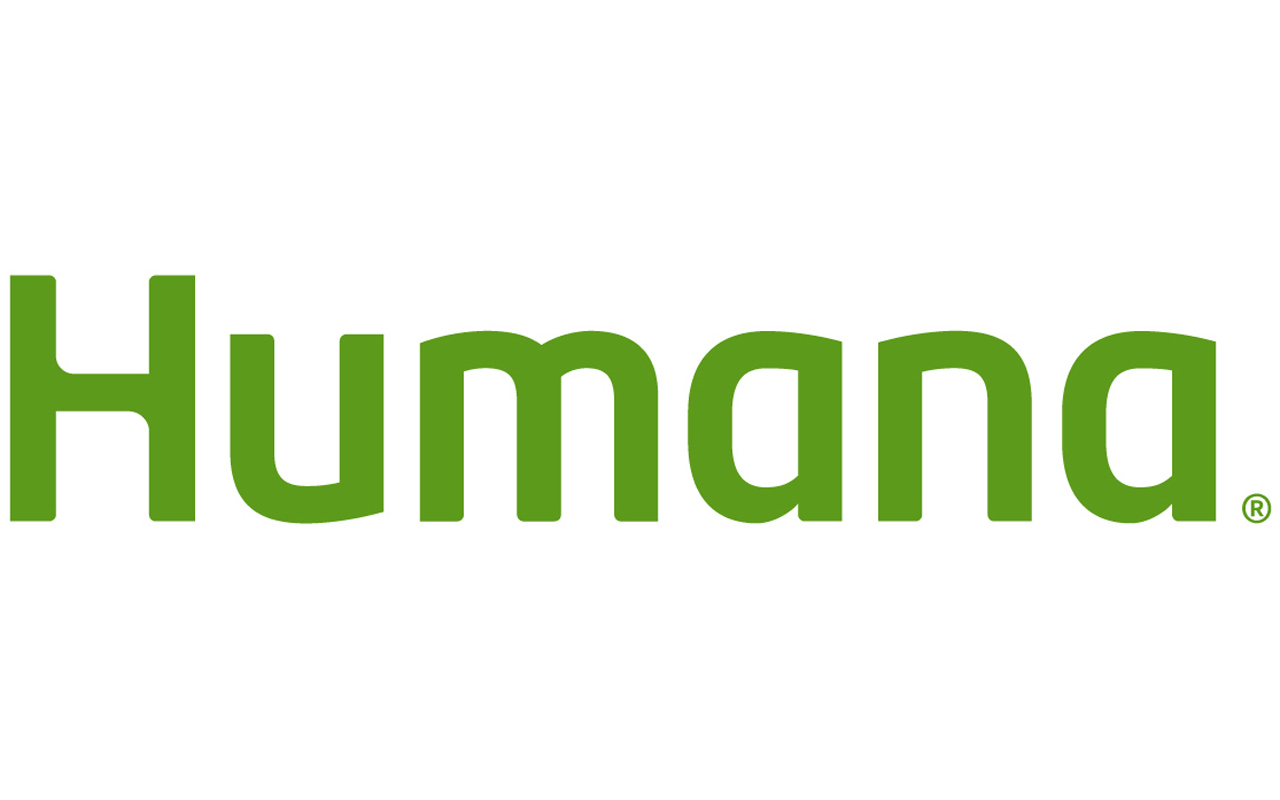
Humana
- Market value: $44.8 billion
Humana (HUM, $317.01) is a well-known health insurer. Humana’s balance sheet includes almost $19 billion in cash against just $5.3 billion in total debt, enabling the company to manage the twists and turns of the health care business in the U.S., and capitalize on the opportunities these twists and turns create.
Regarding the latter: In April, Humana teamed up with private equity players TPG Capital and Welsh, Carson, Anderson & Stowe to purchase hospice provider Curo for $1.4 billion. That deal followed Human’s $4 billion acquisition of Kindred at Home, which when combined with Curo created the nation’s largest hospice provider.
Before and shortly after CVS Health (CVS) announced its acquisition of Aetna (AET) in December of last year, there was speculation that Humana might be the next takeover target. Since then, however, that spotlight has come off Humana, and instead, the health insurance company is eyeing stronger ties with Walmart (WMT); the two companies currently have a prescription drug partnership.
While these machinations play out, Humana’s Medicare Advantage continues to grow rapidly. In August, Humana raised its adjusted EPS guidance for fiscal 2018 from to approximately $14.15 from its previous range of $13.70 to $14.10. Bank of America/Merrill Lynch analysts expect Humana to benefit from a recent increase in Medicare Advantage rates.
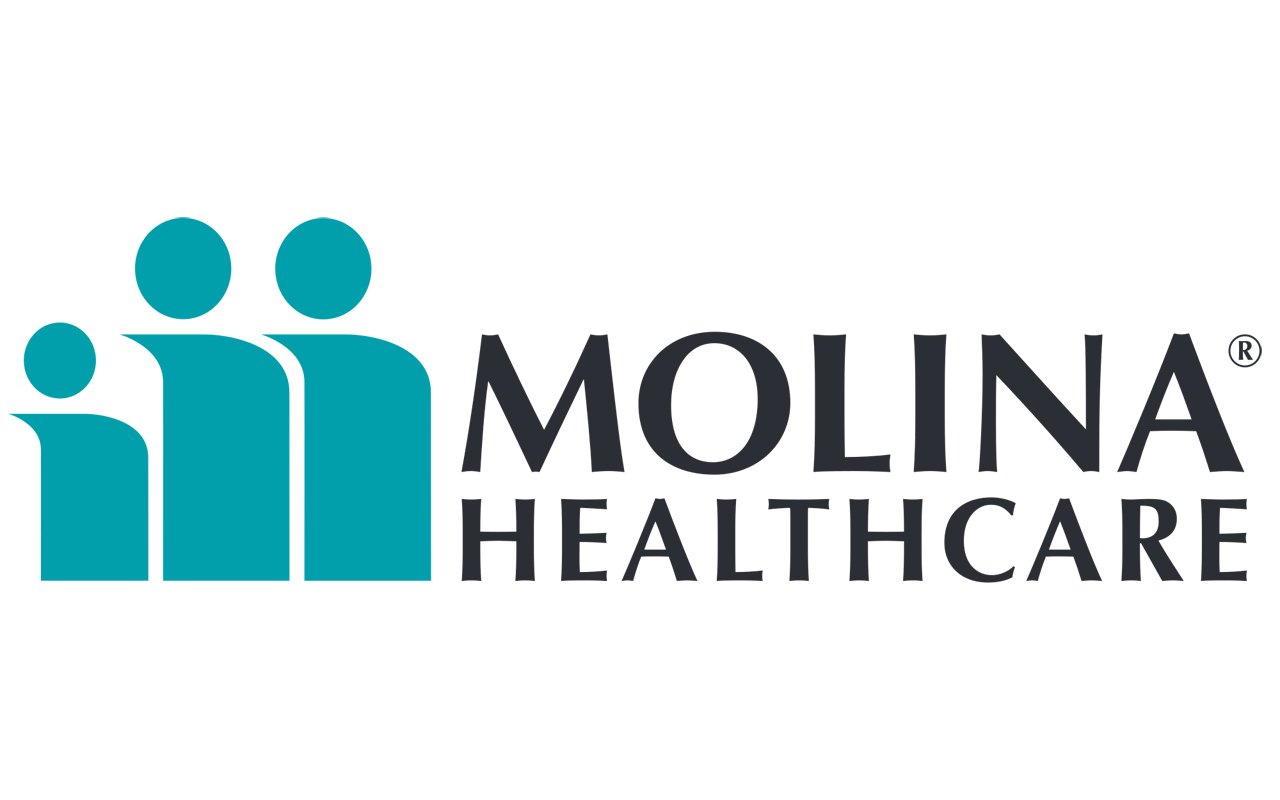
Molina Healthcare
- Market value: $8.8 billion
Molina Healthcare (MOH, $138.57) is a managed care insurer that focuses on Medicaid. The growth in Medicaid is compelling (for insurers, but likely not for taxpayers), with government expenditures of $566 billion in 2016 projected to expand to $696 billion in 2020.
Molina reported second-quarter earnings in August that benefited from downsizing, improved productivity and debt reduction. Based on these improvements, management raised its EPS guidance substantially, from a range of $4-$4.50 per share to $7.39-$7.59, or an increase of 68%-85% on the higher and lower ends, respectively.
It’s not just Medicaid spending that is fueling optimism behind Molina and similar health insurance stocks. In 2017, a management shake-up resulted in Molina’s board letting go of CEO J. Mario Molina and CFO John Molina, the sons of founder C. David Molina. Joseph M. Zubretsky, former CEO of Hanover Insurance, took the reins during the fourth quarter of that year, and the company’s progress under his leadership during Q1 and Q2 of this year has been material.
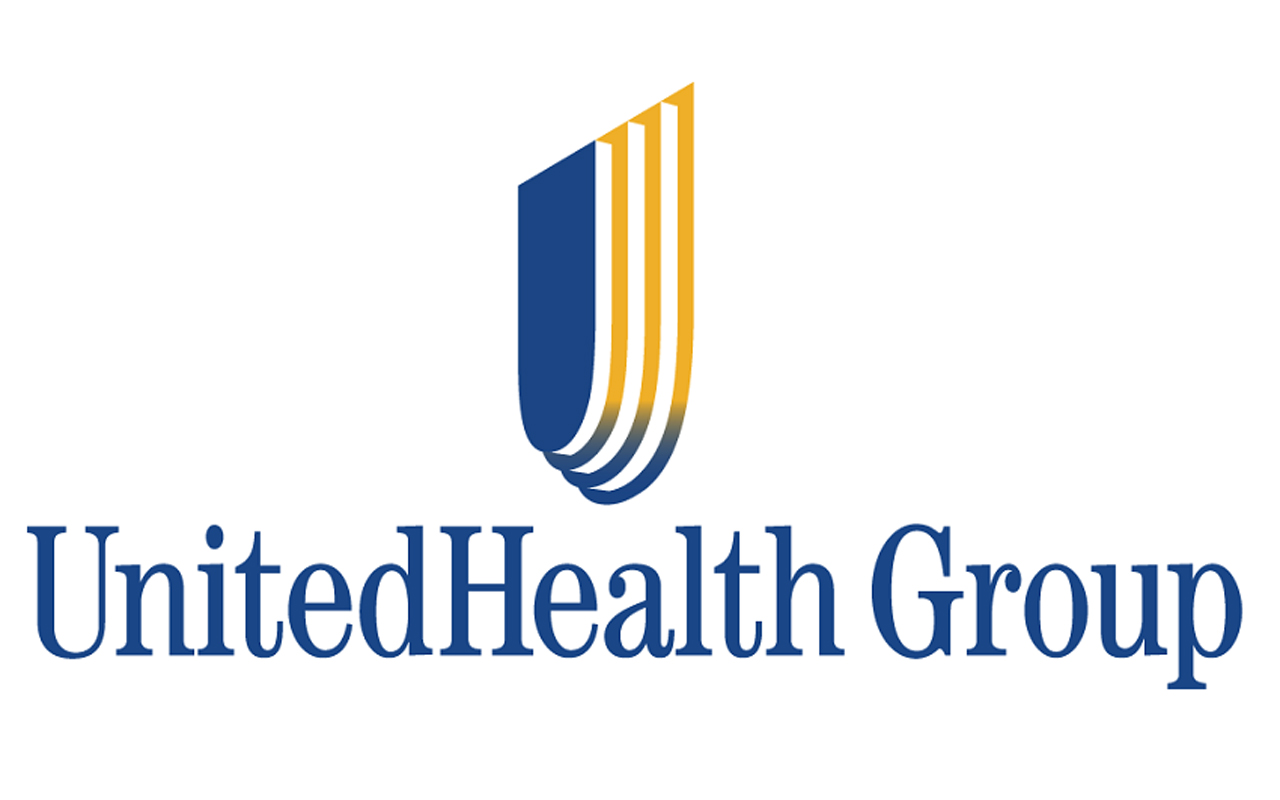
UnitedHealth Group
- Market value: $259.0 billion
UnitedHealth Group (UNH, $260.25) is the largest health insurer in the United States, and the bulk of its business is tied to government programs that are growing at healthy rates. The stock has regularly hit new highs this year and is up 21% year-to-date.
About 10,000 baby boomers turn 65 daily and qualify for Medicare, which is UnitedHealth’s largest business segment, accounting for $66 billion of its $163 billion in revenues last year. UnitedHealth’s fastest-growing business, which it calls UnitedHealthcare Community & State, is tied to Medicaid spending (which is growing around 6% annually). Between 2015 and 2017, Community & State revenues jumped 29%, from $28.9 billion to $37.4 billion. These businesses are important because the employers and individual insurance division shrunk between 2016 and 2017, though it remains above 2015 levels.
Analysts are bullish on UNH because of its diversified product line, which they feel will enable it to adapt to changing government regulations and seize growth opportunities as they appear.
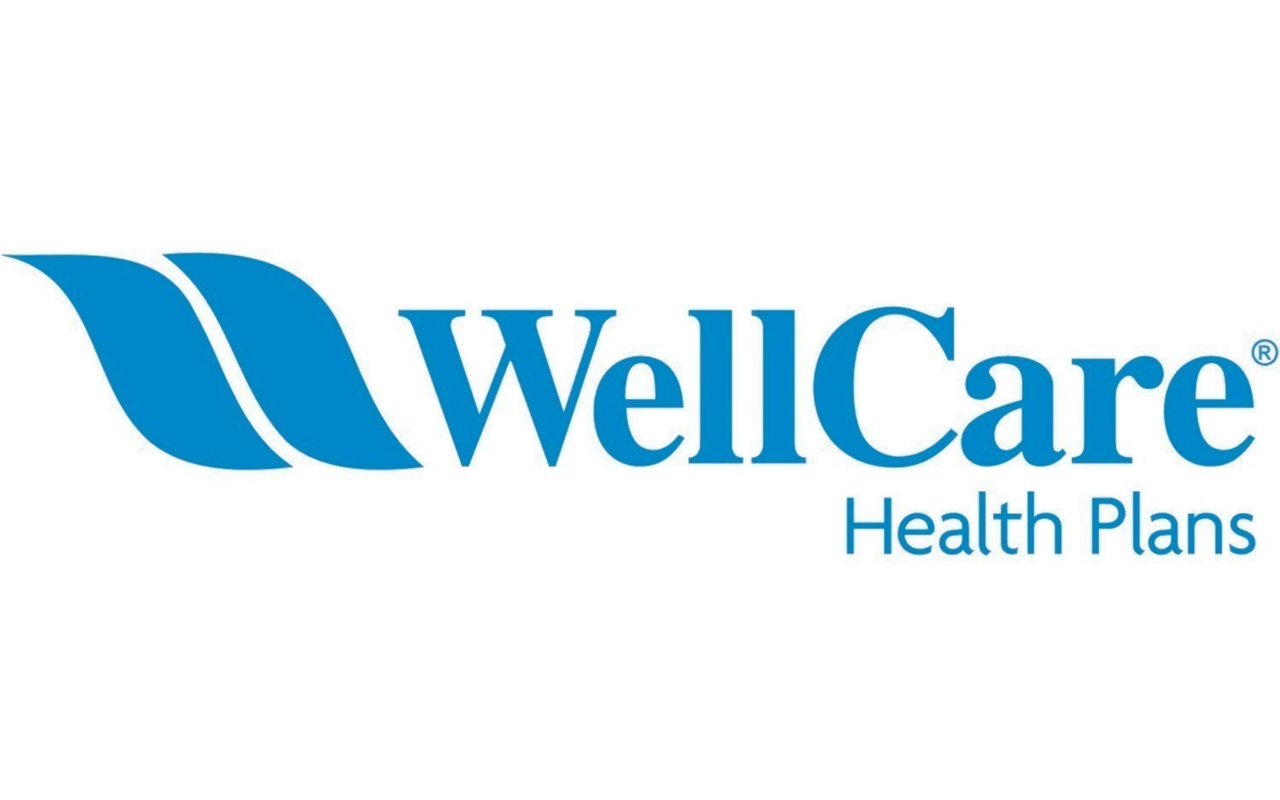
WellCare Health Plans
- Market value: $15.8 billion
WellCare Health Plans (WCG, $305.99) earns most of its revenue from running Medicare programs for the government. Remember” Medicare spending is growing at nearly 8%, according to the Centers for Medicare and Medical Services. Total spending in 2016 – the latest year for which actual figures are available – was $672 billion with projections for $1.1 trillion in 2023.
It’s a huge pie, and Wellcare is an able, acquisitive player. The company recently completed the acquisition of several Meridian health plan companies, giving it a top market position in two states, an accretive addition to earnings — according to the company’s guidance and analyst reports — and the option to enter the exchange business.
This comes on top of what Bank of America analysts forecast as robust organic growth, with 2017 earnings per share of $8.52 rising to $10.90 in 2018 – a roughly 28% improvement.
Get Kiplinger Today newsletter — free
Profit and prosper with the best of Kiplinger's advice on investing, taxes, retirement, personal finance and much more. Delivered daily. Enter your email in the box and click Sign Me Up.

-
 Top Five Tips From Current Retirees to Future Generations
Top Five Tips From Current Retirees to Future Generations"Plastics" is no longer the wisdom passed down to the young, as in "The Graduate." These days, retirees are giving much better advice.
By Christy Bieber
-
 Read, Reset, Repeat: 6 Summer Books to Clear Your Mind (or Totally Escape It)
Read, Reset, Repeat: 6 Summer Books to Clear Your Mind (or Totally Escape It)From breakthrough habits to beach-worthy thrillers, these summer reads will help you refocus your mind or blissfully forget what day it is.
By Choncé Maddox
-
 Which Stocks Stayed Green as the Market Plummeted?
Which Stocks Stayed Green as the Market Plummeted?Only a handful of S&P 500 stocks managed to generate gains during the market's historic four-day plunge.
By Dan Burrows
-
 Stock Market Today: Tariff Talks Drive Another Up-and-Down Day
Stock Market Today: Tariff Talks Drive Another Up-and-Down DayTrade war negotiations are happening, but the "fear gauge" is gyrating, and investors, traders and speculators are still searching for signs of a bottom.
By David Dittman
-
 What to Do With Your Tax Refund: 6 Ways to Bring Growth
What to Do With Your Tax Refund: 6 Ways to Bring GrowthUse your 2024 tax refund to boost short-term or long-term financial goals by putting it in one of these six places.
By Rachael Green
-
 What Does Medicare Not Cover? Eight Things You Should Know
What Does Medicare Not Cover? Eight Things You Should KnowHealthy Living on a Budget Medicare Part A and Part B leave gaps in your healthcare coverage. But Medicare Advantage has problems, too.
By Donna LeValley
-
 15 Reasons You'll Regret an RV in Retirement
15 Reasons You'll Regret an RV in RetirementMaking Your Money Last Here's why you might regret an RV in retirement. RV-savvy retirees talk about the downsides of spending retirement in a motorhome, travel trailer, fifth wheel or other recreational vehicle.
By Bob Niedt
-
 The Cheapest Places To Retire in the US
The Cheapest Places To Retire in the USWhen you're trying to balance a fixed income with an enjoyable retirement, cost of living is a crucial factor to consider.
By Stacy Rapacon
-
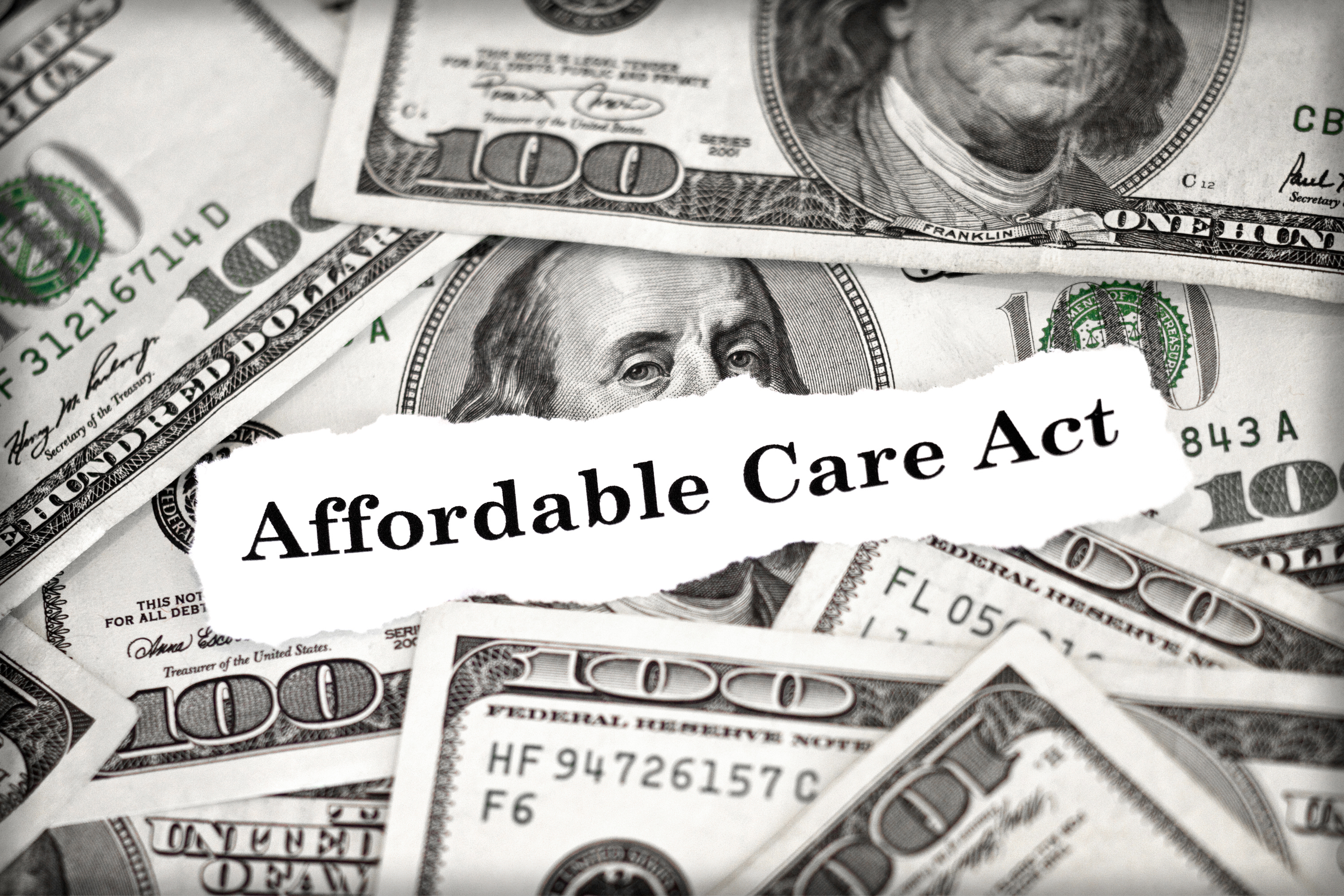 End of Expanded Premium Tax Credit Would Drive Uninsured Rates Higher
End of Expanded Premium Tax Credit Would Drive Uninsured Rates HigherTax Credits Millions of people could become uninsured if Congress fails to extend the enhanced premium tax credit.
By Gabriella Cruz-Martínez
-
 Over 162,000 Dreamers Cut Off From Affordable Care Act Insurance
Over 162,000 Dreamers Cut Off From Affordable Care Act InsuranceHealth Insurance A federal court in North Dakota has blocked ACA coverage for DACA recipients in 19 states. Here's what it means.
By Gabriella Cruz-Martínez
